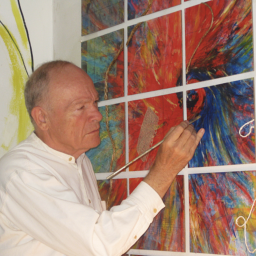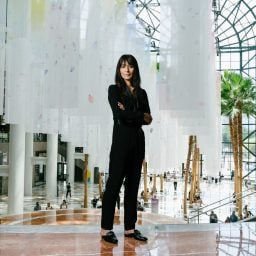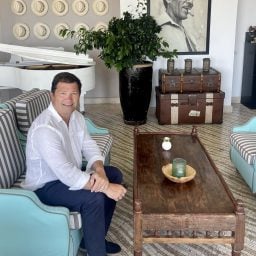Nikolaus Leskovar started his career in the art world working for a gallery in Stadtpark, Vienna, before opening his own space, Contempo Fine Art, with his partner Silvia Schuster. A bastion of the Vienna art scene, Leskovar ultimately went on to establish Leskovar Fine Art as a private dealer, facilitating for collectors the acquisition and selling of blue-chip art in a congenial, personalized way, along with offering art management and consulting services.
Among the diverse range of art offered and artists shown, Leskovar Fine Art has a particular specialization in prints and, more specifically, Pop art prints—a longstanding passion of Leskovar himself.
We reached out to the art dealer to learn more about the trajectory of his career, and what he’s learned along the way.
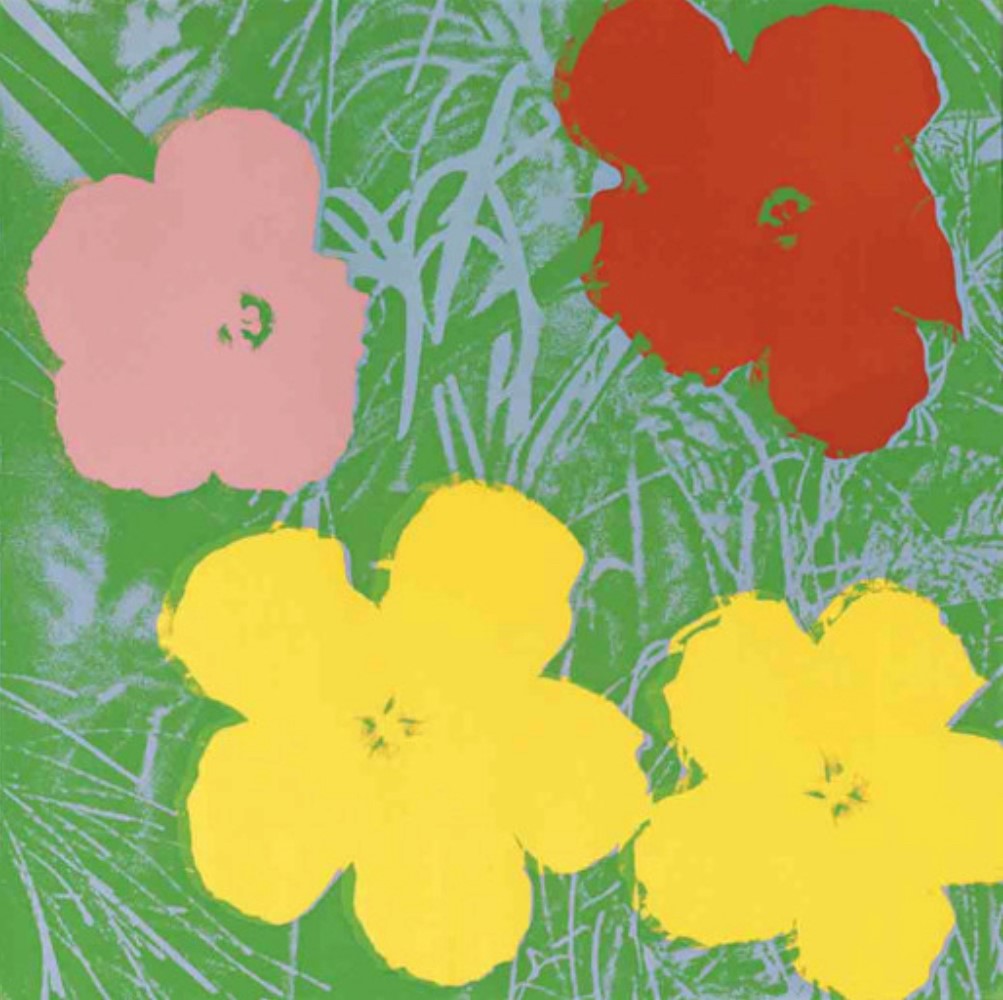
Andy Warhol, Flowers FSII.65 (1970). Courtesy of Leskovar Fine Art.
Can you tell us about your background, and what led you to found Leskovar Fine Art?
I come from a business, dealer family—for three generations my family had a hardware store in Austria, so I am familiar with buying and selling goods. As a young kid I was always collecting different things. First, in kindergarten, I collected stones. Then when I went to school I collected stamps—then Champagne bottles. At the age of 19, I met Adolf Rischner in my hometown of Graz. Adolf also came from Graz, and he was an expert in printmaking. He was the master printer of Styria Studio, New York. He was the man who invented the Technik silkscreen for Pop artists Robert Rauschenberg, James Rosenquist, Roy Lichtenstein, Andy Warhol, and many more.
Adolf taught me everything about printmaking, and I also traveled to New York, Los Angeles, and fell in love with American Pop art. I bought some prints and decided to start collecting Pop art prints. I put the prints in very nice frames, and I was displaying the artworks in a very nice way in my room. After some time, my friends also loved what I love and started buying Pop art prints from me. My passion was motivation for them to start buying from me. I flew again to New York to buy some more prints and became a collector and dealer by myself. This was 30 years ago now, and I still love each artwork and I am still a little bit unhappy when I sell one of my babies.
After having galleries in three different cities and doing about 70 different art fairs in 30 years, I decided to sell my galleries and work as a private agent and dealer only for, let’s say, 20 people and friends. Today, I am working on some nice collections for my art lovers and friends, and I am very happy to meet new clients and work on their dreams and to fulfill their wishes when they are looking for a certain artwork in the art market.
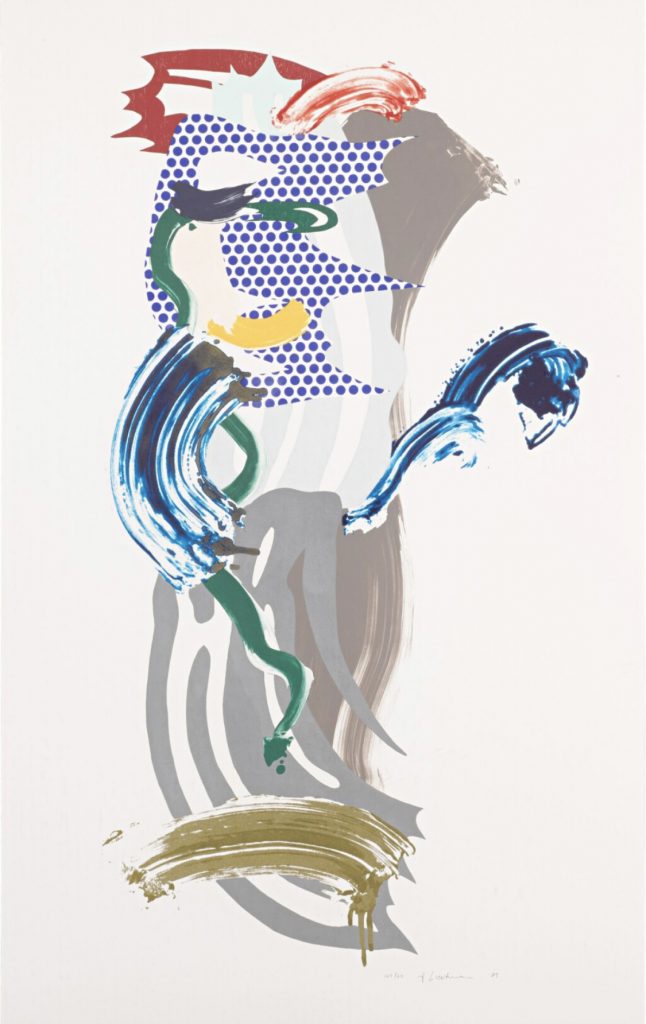
Roy Lichtenstein, Blue Face (Corlett 226) (1989). Courtesy of Leskovar Fine Art.
How would you describe your ethos and approach as an art dealer?
My approach is that I see everything with the eyes of a collector, and I fight for my clients so that they buy only the right artwork and help them to work out a plan, a vision for their collection. And it does not matter if their collection is comprised of four artworks or 150 artworks. It is always the same—buying each artwork with passion.
Leskovar Fine Art’s Artnet profile showcases a wide range of works—from Andy Warhol to Marc Chagall. Is there a unifying theme or guiding principle for the type of art that Leskovar Fine Art works with?
I collect and buy only what I like. Do not buy a painting if the painting is not talking to you!
Do you have any perennial advice for collectors looking to either start or expand their collections?
Only buy what you love to look at—do not worry about the value.

Marc Chagall, Head in Profile (1958). Courtesy of Leskovar Fine Art.
What are some of the biggest lessons you’ve learned in your time as an art dealer?
Enthusiasm and knowledge of art alone are not enough to run an art business successfully for many years. Of course, one must also take into account the various skills of a businessman, such as patience, perseverance, persistence, and, most importantly, liquidity planning, in order not to get into difficulties.
In addition, after the pandemic, there are unfortunately more and more players in the art market who deceive dealers and collectors and pretend to be in possession of certain works of art, collect deposits, and then never deliver—a nasty experience that I was unfortunately not spared last winter.
If you could own any piece of art in the world, what would it be and why?
A double Elvis painting by Andy Warhol. And a walking man by Giacometti in front of it.
This brings tears into my eyes.
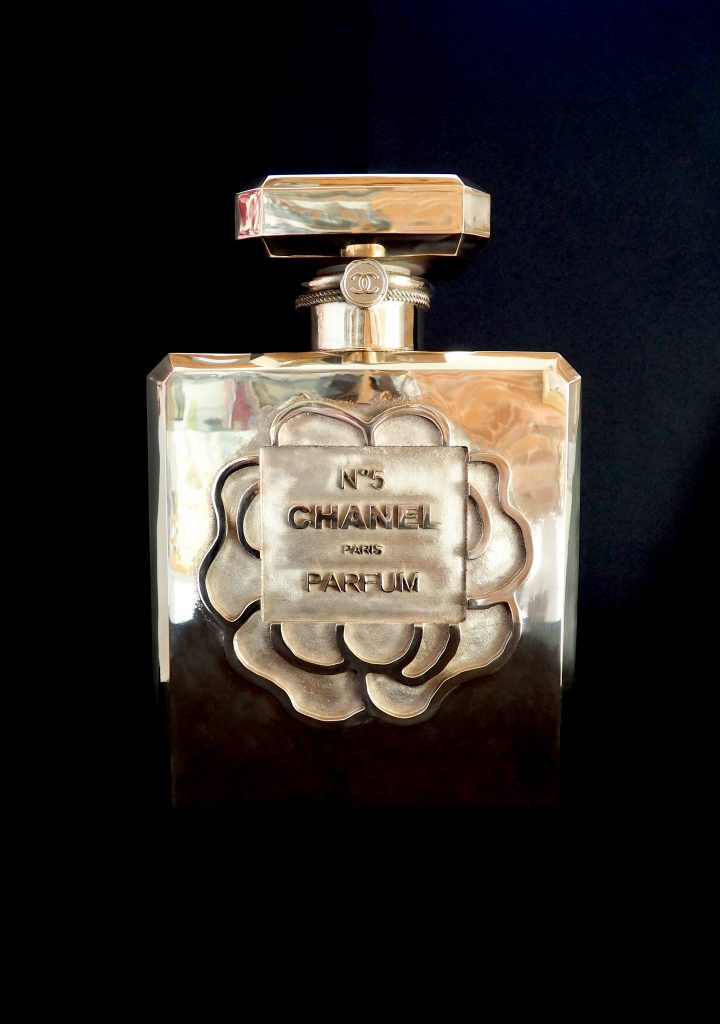
J. Leitner, ÉLÉGANCE PARISIENNE (2023). Courtesy of Leskovar Fine Art.
Learn more about Leskovar Fine Art here.







